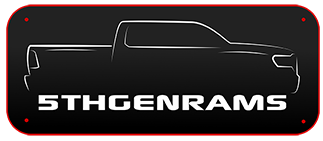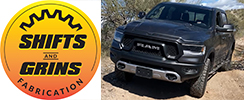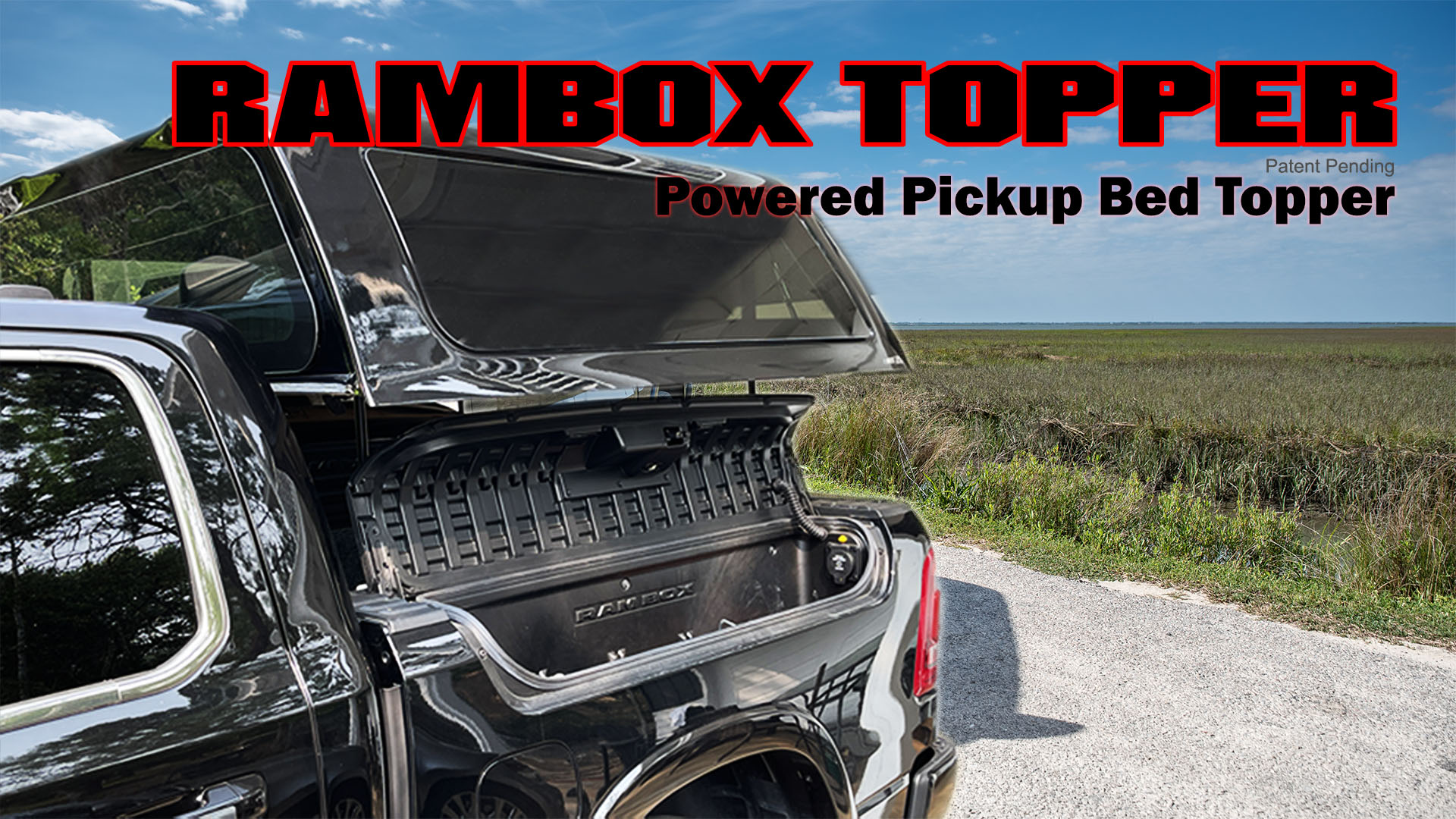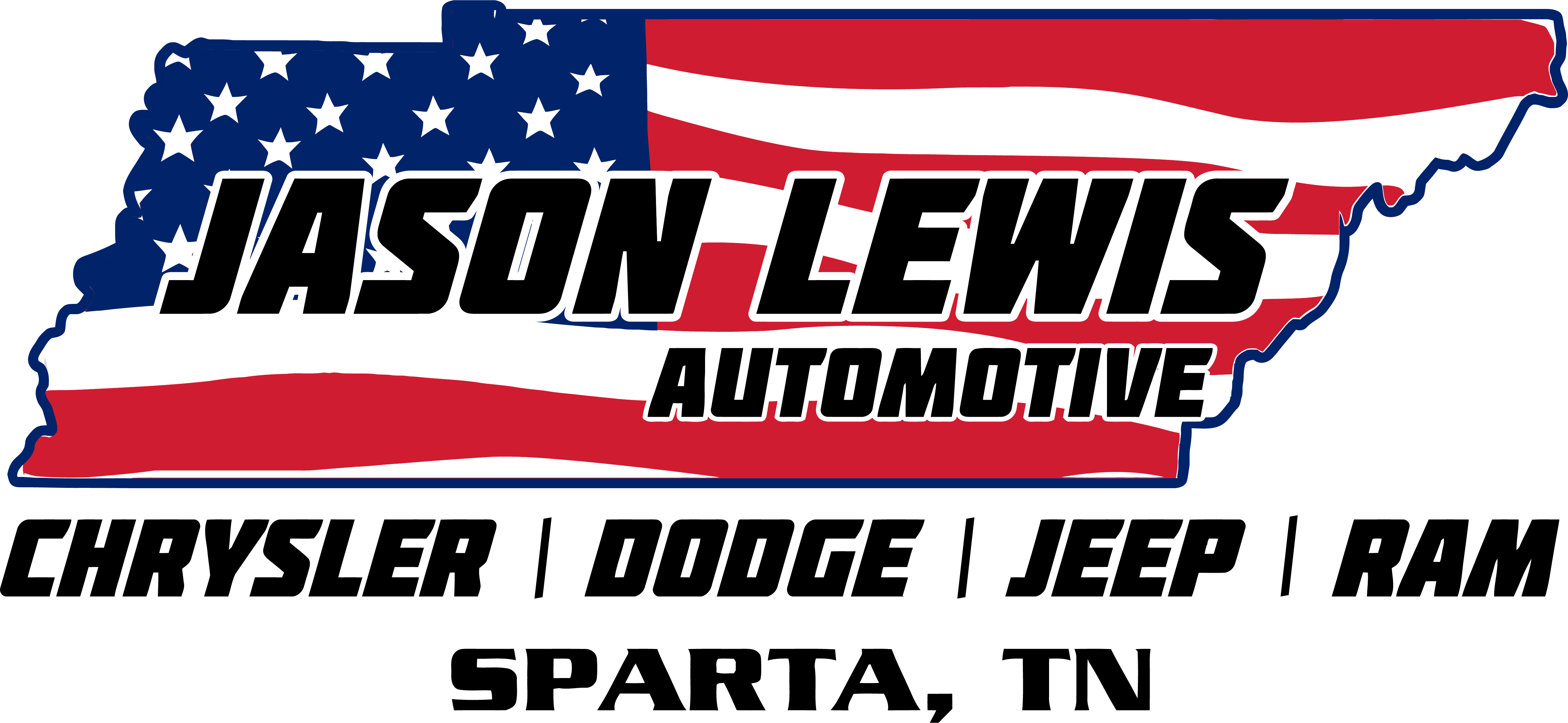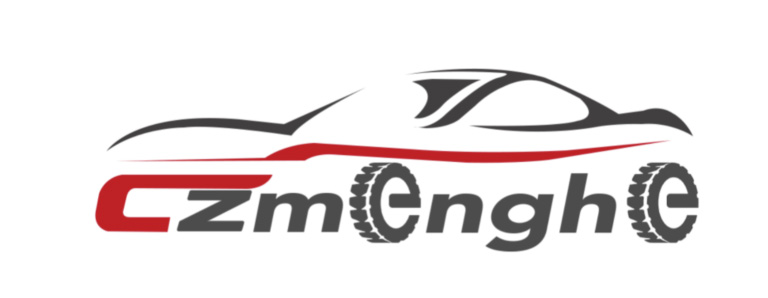5thGenRams Forums
You are using an out of date browser. It may not display this or other websites correctly.
You should upgrade or use an alternative browser.
You should upgrade or use an alternative browser.
Rebel Questions: Air Suspension or stock? 3.6L or 5.7?
- Thread starter PoopsMcGee
- Start date
SD Rebel
Spends too much time on here
Definitely for me, I would get the Hemi in a Rebel trim, however be prepared that the mpg on the window sticker won't come close.
I would say that getting the base V6 in a truck is only going to save you money when you purchase the vehicle. You'll spend the majority of the time driving it with your foot on the floor to keep up with traffic, going up any slight grade or fighting wind. I'm speaking from experience with other vehicles. In theory the gas mileage is better, but not as noticable in real life.
If you are really concerned about gas mileage, get the diesel.
Sent from my SM-G991U using Tapatalk
If you are really concerned about gas mileage, get the diesel.
Sent from my SM-G991U using Tapatalk
SkittleRam
Ram Guru
Having owned a 2014 with 2WD and the 3.6, I would suggest the HEMI and 4x4. Yes the 3.6 is fine, but its zero fun and does not sound that great.
On the muscle cars, no one really uses the power on the street and it really isn't practical to do so. Typically peak power is at continuous wide-open throttle close to the redline. Happens on a race track, not really on the street.
The air suspension allows load leveling and by its nature is progressive. If you are carrying loads in the bed or have a trailer with significant tongue weight, it is nice to have. If you just use it as passenger car or carrying a few 4x8s a few miles home from Home Depot, it won't be that significant. For off-road use the air suspension can gain extra ground clearance, and lowering for loading the bed is nice. People spend $10k to add that feature to 1-ton pickups. (https://kelderman.com/)
The truck has a part-time 4wd, it is only actuated on slippery surfaces as it locks the front and rear differentials without a center differential. It also has a low range which is important on challenging surfaces when you need to go slow (walking speed or slower). Powering the front wheels is important when trying to steer out of snow, mud, or sand.
The best mileage is from the diesel...by far. And it has more than enough power; the first RAM pickups with the Cummins engine in the 1990s had 175hp. And there is a 33-gallon tank option. The diesel is an expensive option though.
3.21 vs. 3.92? The truck has an 8-speed transmission with a torque converter. All models have 0.67 top gear. On standard 32" tires it is the difference between 1700 and 2100 rpm at 75mph. If you plan on installing 33" tires or larger the 3.92 might be useful. The torque peak on the diesel is at 1600 rpm, on the Hemi at 3900, on the V6 at 4900. Between the two extremes—1st gear and 8th gear—the transmission takes over and the rear axle ratio is irrelevant. 7th gear with a 3.21 is roughly the same ratio as 8th gear with a 3.92.
The air suspension allows load leveling and by its nature is progressive. If you are carrying loads in the bed or have a trailer with significant tongue weight, it is nice to have. If you just use it as passenger car or carrying a few 4x8s a few miles home from Home Depot, it won't be that significant. For off-road use the air suspension can gain extra ground clearance, and lowering for loading the bed is nice. People spend $10k to add that feature to 1-ton pickups. (https://kelderman.com/)
The truck has a part-time 4wd, it is only actuated on slippery surfaces as it locks the front and rear differentials without a center differential. It also has a low range which is important on challenging surfaces when you need to go slow (walking speed or slower). Powering the front wheels is important when trying to steer out of snow, mud, or sand.
The best mileage is from the diesel...by far. And it has more than enough power; the first RAM pickups with the Cummins engine in the 1990s had 175hp. And there is a 33-gallon tank option. The diesel is an expensive option though.
3.21 vs. 3.92? The truck has an 8-speed transmission with a torque converter. All models have 0.67 top gear. On standard 32" tires it is the difference between 1700 and 2100 rpm at 75mph. If you plan on installing 33" tires or larger the 3.92 might be useful. The torque peak on the diesel is at 1600 rpm, on the Hemi at 3900, on the V6 at 4900. Between the two extremes—1st gear and 8th gear—the transmission takes over and the rear axle ratio is irrelevant. 7th gear with a 3.21 is roughly the same ratio as 8th gear with a 3.92.
Last edited:
PoopsMcGee
Active Member
Hmmm, based on everything:
V8 and 4x4 is a must. Air still on the fence.
I don't tow a lot. Only haul passengers, equipment in the bed, and camping supplies.
But the air definitely sounds like another "better to have and not need" sorta deal...
V8 and 4x4 is a must. Air still on the fence.
I don't tow a lot. Only haul passengers, equipment in the bed, and camping supplies.
But the air definitely sounds like another "better to have and not need" sorta deal...
It starts to feel bouncy when you get to the top of the suspension travel. But that's why, in stock form, it will self adjust down based on the speed you're traveling. Just like it self adjusts up from entry/exit when you hit a certain speed. Mine doesn't bounce at all when it's in normal or aero mode.Hmm never thought of these points.
Is it bouncy? Does it sway/body roll on turns?
I've owned both, and can honestly say that there is very little difference in ride comfort between coil suspension and air suspension in normal or aero modes.
One point I'd add to OldMarine's list is it can help prevent door dings. Especially if you also have retractable side steps. I raise my air suspension all the way up and deploy the steps when parking in parking lots. Most car doors don't clear the steps, and they stick out far enough to keep contact away from painted surfaces. It doesn't help with other trucks or some SUV's, but any reduction in door dings is a plus for me.
Terrible_One
Active Member
I was on the fence about air ride as well for my RAM but damn I'm glad I got it. It rides excellent - not bouncy and not floaty or squishy. It's superbly done.Hmmm, based on everything:
V8 and 4x4 is a must. Air still on the fence.
I don't tow a lot. Only haul passengers, equipment in the bed, and camping supplies.
But the air definitely sounds like another "better to have and not need" sorta deal...
Terrible_One
Active Member
Holy cow I never thought of this! Brilliant!One point I'd add to OldMarine's list is it can help prevent door dings. Especially if you also have retractable side steps. I raise my air suspension all the way up and deploy the steps when parking in parking lots. Most car doors don't clear the steps, and they stick out far enough to keep contact away from painted surfaces. It doesn't help with other trucks or some SUV's, but any reduction in door dings is a plus for me.
Your right, I forget about the warmer climate areas. But others above are correct too, that 2wd can get stuck on wet grass, etc...Depends where you live, 2WD in west and places that don't typically snow are usually in line with 4WD in terms of depreciation and value retention. In Phoenix, he is probably alright.
I don't understand the concept of including options like 4WD that you won't use, because it might bring more money when you decide to sell it. With rare exceptions, you will never get back what you pay for those options when you buy new. And since most people trade in rather than sell private party, having a less desirable model isn't really an issue when trading in. Of course, if you plan to occasionally use that 4WD then it's worth paying for. And if you only intend to sell it yourself, you'll make that easier by having more desirable options.
My vote:
Rebel
4x4 - for the trails
Ecodiesel - for the low end torque and city MPGs
Off Road package - for the skip plate protection and e-licker
Level 2 - for the 12” uconnect
and then it will also be easy to sell down the road.
Rebel
4x4 - for the trails
Ecodiesel - for the low end torque and city MPGs
Off Road package - for the skip plate protection and e-licker
Level 2 - for the 12” uconnect
and then it will also be easy to sell down the road.
Thanks for the chuckle. My question of the day, is e-licker a noun or a verb?My vote:
Rebel
4x4 - for the trails
Ecodiesel - for the low end torque and city MPGs
Off Road package - for the skip plate protection and e-licker
Level 2 - for the 12” uconnect
Not sure, I just know it’s a very rare option!Thanks for the chuckle. My question of the day, is e-licker a noun or a verb?
Rototerrier
Well-Known Member
- Joined
- Dec 7, 2018
- Messages
- 349
- Reaction score
- 376
- Points
- 63
- Age
- 47
I would also like to make 1 additional comment about 4x4, specifically auto. When it’s wet or you are on a gravel to pavement transition with heavy cross traffic it comes in real handy. Without 4 auto, you wait or spin. Push auto and floor it and it hooks up and flat out goes. Kinda a prick move, but sometimes you gotta go.
This will undoubtedly be one of the features I’ll miss most when i upgrade to HD.
This will undoubtedly be one of the features I’ll miss most when i upgrade to HD.
Can do same thing in 4-hi without the added power loss through clutches in transfer case of 4-autoI would also like to make 1 additional comment about 4x4, specifically auto. When it’s wet or you are on a gravel to pavement transition with heavy cross traffic it comes in real handy. Without 4 auto, you wait or spin. Push auto and floor it and it hooks up and flat out goes. Kinda a prick move, but sometimes you gotta go.
This will undoubtedly be one of the features I’ll miss most when i upgrade to HD.
Another thing to consider with air suspension, there is a completely separate thread about bad wear patterns in the front tires of air suspension trucks. The general consensus has been that the trucks are aligned for the regular ride height. When you use either of the off-road settings, or when truck goes into aero mode on highway the suspension geomet changes throwing off the front end alignment and causing abnormal wear on edges of tires. Some have had to replace tires at least than 20K miles over itHmmm, based on everything:
V8 and 4x4 is a must. Air still on the fence.
I don't tow a lot. Only haul passengers, equipment in the bed, and camping supplies.
But the air definitely sounds like another "better to have and not need" sorta deal...
OldMarine
Ram Guru
- Joined
- Feb 29, 2020
- Messages
- 862
- Reaction score
- 1,291
- Points
- 93
- Age
- 67
bouncy? not at all. Things rides better than any luxury car I've had! Just plain awesome for a truck.Hmm never thought of these points.
Is it bouncy? Does it sway/body roll on turns?
MO Rebel
Well-Known Member
I’ve read some issues with air suspension, not so much on Ram, but on the Grand Cherokees. Most that have it love it, but usually recommend getting an extended warranty. It’s not cheap to repair. Again, I can’t speak specifically about the Ram, but I would think they are similarly designed systems.
To me, with a Rebel, 4x4 and V8 are necessary. The 3.6 in our Grand Cherokees is ok, but would seem a little underpowered for a 1/2 4x4 truck with 33’s. Even though I tow, I’ll pass on the air suspension.
To me, with a Rebel, 4x4 and V8 are necessary. The 3.6 in our Grand Cherokees is ok, but would seem a little underpowered for a 1/2 4x4 truck with 33’s. Even though I tow, I’ll pass on the air suspension.
RockYacht2020
Well-Known Member
FWIW, I do a lot of towing, and a fair bit off-road. I don't ever wish I had air suspension. But I haven't actually had air suspension to compare. I like the way my truck performs.
Sent from my Pixel 5 using Tapatalk
Sent from my Pixel 5 using Tapatalk
Users who are viewing this thread
Total: 1 (members: 0, guests: 1)
Members online
- Fatherof3
- JoeDup
- FM45
- wvinson
- Rburns1877
- virtitnerd
- WhiteNight1500
- OurismanCarsCDJR
- Namelama
- justinv13
- Jakevg98
- Undrta2d
- jmonte345
- blacksheep37
- catrue
- 22flumpy
- Ski Bum
- knightro84
- Ndavis0
- montes0402
- spayea
- dano257
- skyhawk42
- Johnturchan
- Waterfowler41
- LaxDfns15
- Cbty2050
- Bt10
- CalvinC
- Rebellion is Duty
- sfidelisrp
- securityguy
- Peterhenric
- mescam
Total: 845 (members: 36, guests: 809)
